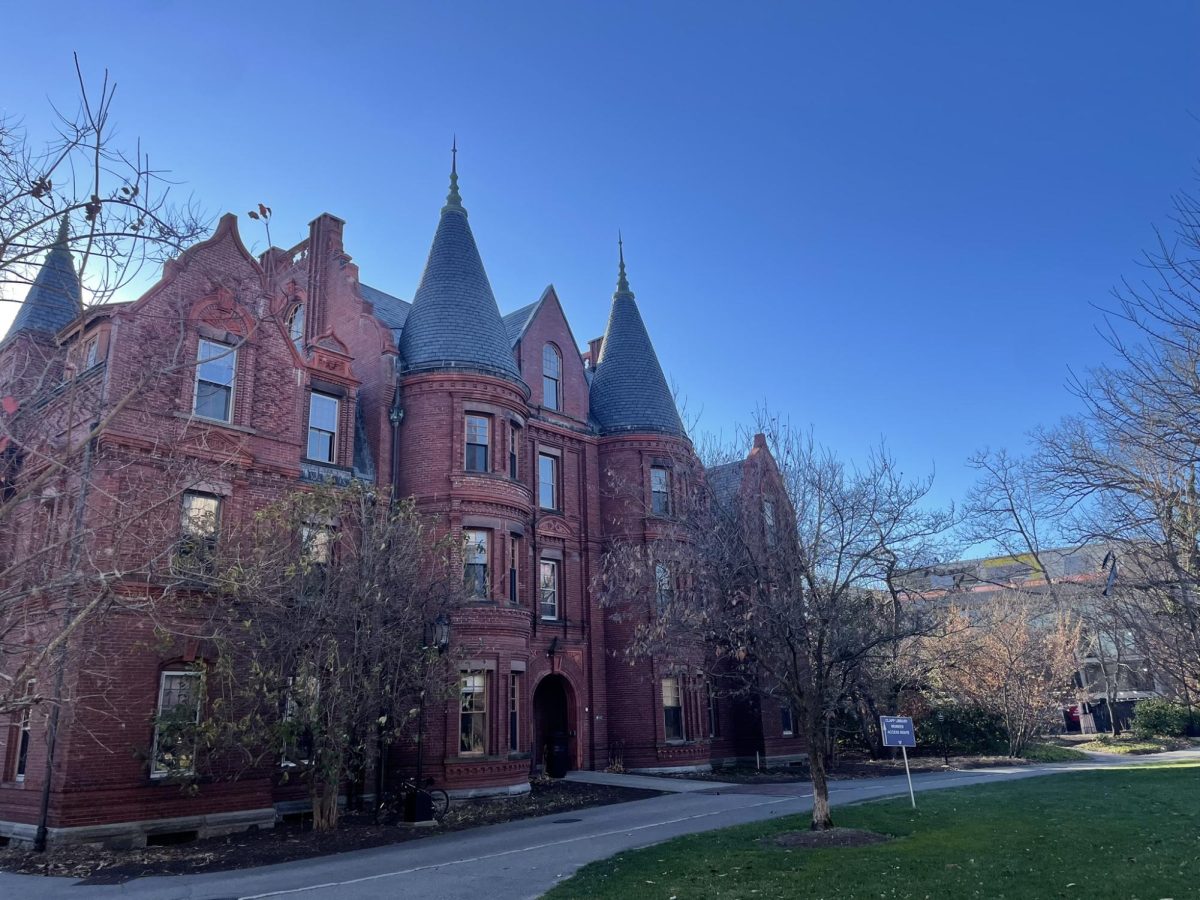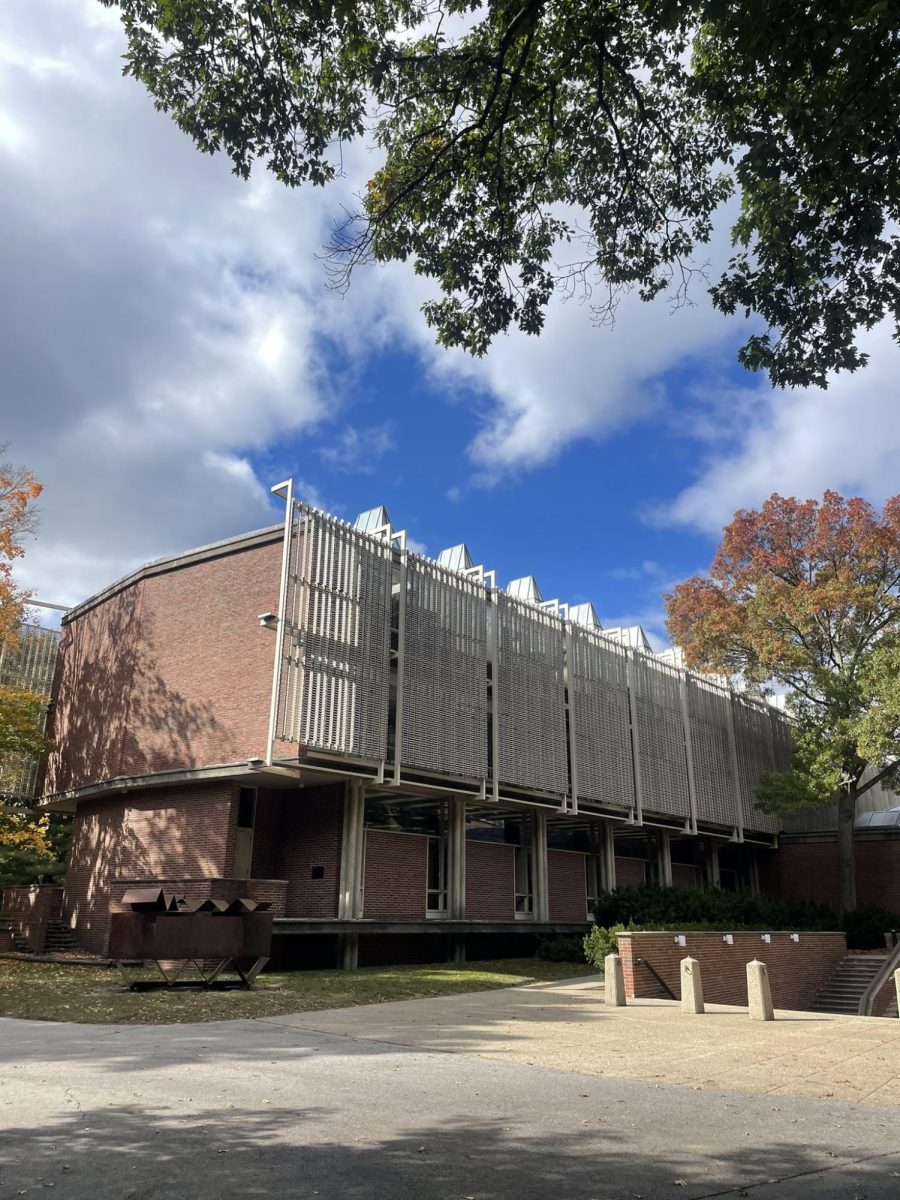By XUEYING CHEN ’16
News Editor

by Sammy Marrus ’16
Assistant Photography Editor
Every 10 years, Wellesley College undergoes a re-accreditation process conducted by the New England Association of Schools and Colleges (NEASC) that reviews every aspect of the institution. Re-accreditation addresses common standards of many institutions of higher education but also open-endedly includes individual aspects of each college.
The administration and faculty have been compiling an interim report at the midpoint of the 10-year cycle as a checkpoint to assess the progress the College has made since the re-accreditation report was completed in 2009. The interim report will also produce a projection for the next five years.
The first half of the report focuses on the 11 standards of the institution. These standards, which the administrative deans review, include the mission and purposes of the College, budget and fundraising, governance and organization, the academic program, faculty, student admissions, retention and graduation, library and technology, physical resources, financial resources and public disclosure and integrity of the College community.
The College provides evidence of progress in a statement in the latter half of the report.
According to their website, NEASC affirms an institution’s commitment to improvement and any public statements made about the institution’s program through accreditation. Accreditation does not guarantee the positive experience of an individual student or the quality of select programs. Also, NEASC does not rank schools.
In fact, Elena Bernal, associate provost for institutional planning and assessment, believes that the re-accreditation report captures the quality of an institution more authentically than any ranking report.
“What happens a lot in those public rankings is that they find data that is publicly available,” Bernal stated. “So many schools are so similar in terms of what [information] is publicly available so what ends up happening is that they have to create these false lines so say that you’re number one and you’re number two.”
In the 2009 re-accreditation report, NEASC asked the College to prove how Wellesley provides an excellent education to women, and to reflect on changes that were previously made to administrative governance.
In 2007, the College instituted the role of a provost in the administration so that Andy Shennan, the dean of the College, would take on the role of provost as well, and therefore be able to participate in financial decision-making.
“That has meant that he has been busier on a lot of those things, so the rest of the provost’s office had to adjust. Dean [of Faculty Affairs Kathryn] Lynch and I have taken over some of the responsibilities he had so that he can sleep and eat,” Dean of Academic Affairs Richard French said.
French is in charge of compiling the interim report along with Elena Bernal, associate provost of institutional planning and research.
NEASC also asked Wellesley to show how it has been planning to increase diversity in the staff, faculty and student bodies, which is, according to French, a common question being asked of other institutions today.
Over the last few years, academic departments have also had to assess their own strengths and areas for improvement to submit as part of the reports to NEASC.
“We’re challenging the departments to say—and I teach astrophysics—you’re claiming that your students will know about all of space and all of time and all of physics. Damn it, prove it!” French said.
According to Bernal and French, some departments may resist any type of external review because of the assumption that these outside standards may try to standardize the way departments teach courses. However, Bernal stated that accreditation is a tool to assess and improve the teaching and learning experience offered by the College.
“The accrediting agency is not interested in ‘is everyone getting an A in the class’ but is interested in understanding whether, as a student, are you receiving and hearing about what’s expected in an assignment, and what the learning goals are in the class, and how does that ultimately guide faculty in the teaching and learning exchange,” Bernal said.
Aside from being a review submitted to an external agency, the interim report is used by the College administration as a guideline for improvement over the next five years. French hopes that the senior staff will use the report as a benchmark to measure institutional growth every year.
“We want to use this as a useful, strategic guide for how we’re spending our time,” he said.
The College will submit a draft of the interim report to NEASC before Thanksgiving and a final draft this coming January.
Xueying is a sophomore studying English and Economics. She is a China-born Seattleite. Follow her on Twitter at @XueyingC.





